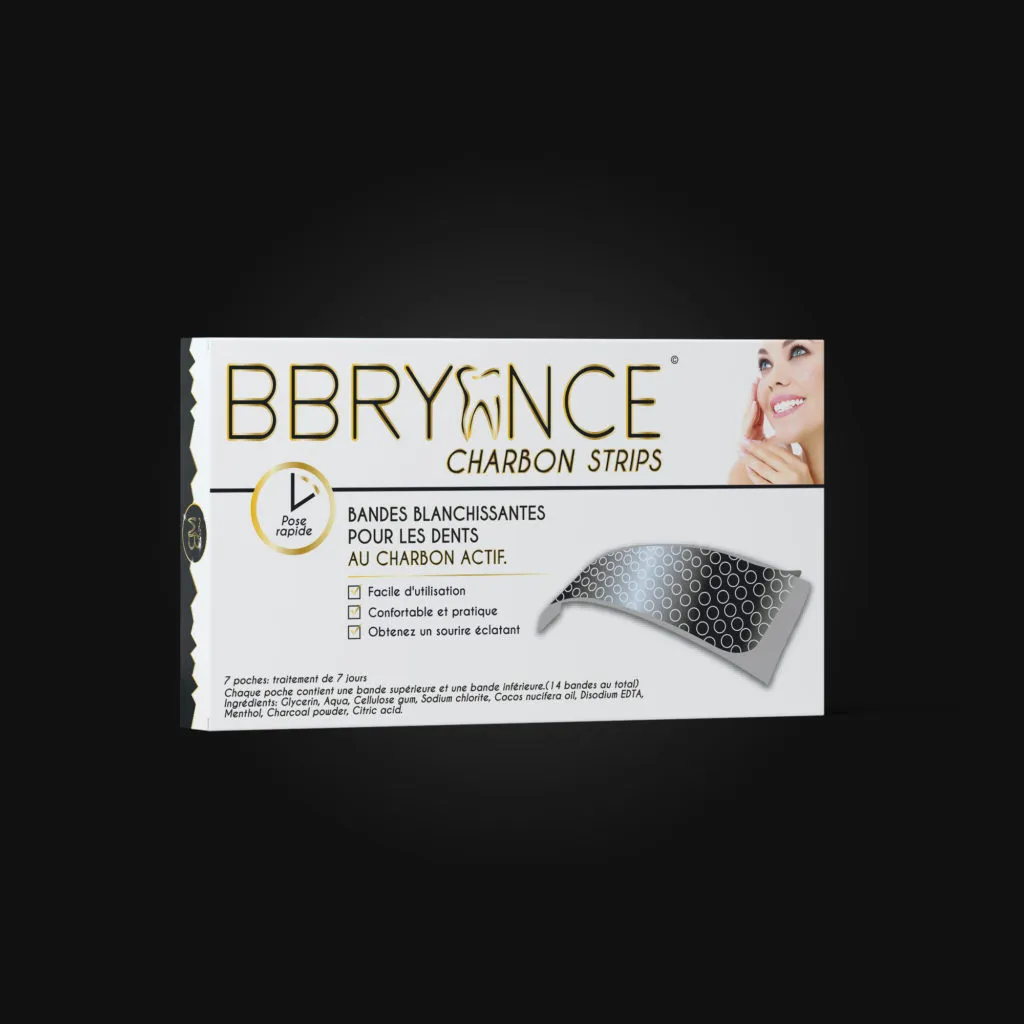What are Charcoal and Whitening Strips?
The quest for a brighter, whiter smile has led to a plethora of teeth whitening solutions. Among the most popular are activated charcoal and whitening strips. Both promise to combat stains and enhance your pearly whites, but they operate differently and have varying effects. Understanding the fundamental differences between these two methods is the first step in making an informed decision. This guide will delve into the specifics of each, offering insights to help you choose the best option for your dental needs.
Understanding Activated Charcoal for Teeth
Activated charcoal, a fine black powder, has gained significant traction in the oral hygiene world. It’s a form of charcoal that has been treated to increase its porosity, enabling it to trap and remove impurities. Many people turn to activated charcoal believing it can effectively whiten teeth. The premise is that the charcoal will bind to stains on the teeth, effectively lifting them away during brushing. It’s essential to differentiate activated charcoal from the charcoal used for grilling; the activation process is key to its function.
How Activated Charcoal Works

The mechanism behind activated charcoal’s whitening claims revolves around adsorption. Unlike absorption, where a substance is taken into the material, adsorption involves the adherence of molecules to the surface. Activated charcoal has a highly porous surface, which allows it to attract and hold onto stain-causing compounds and other impurities. When you brush with charcoal, these impurities are dislodged, potentially making your teeth appear cleaner and brighter. However, it’s crucial to understand the limitations of this method.
Benefits of Using Charcoal
One of the main perceived benefits of activated charcoal is its ability to remove surface stains. Many users report seeing an immediate effect after using charcoal, as it can remove plaque and surface-level discoloration caused by coffee, tea, or other staining agents. Another advantage is that activated charcoal is a natural product, making it an appealing option for those seeking to avoid harsh chemicals. It can also help freshen breath due to its ability to absorb odor-causing compounds. Additionally, charcoal is often inexpensive and readily available.
Drawbacks of Charcoal for Teeth
Despite its popularity, activated charcoal has several drawbacks. Its abrasive nature can wear down tooth enamel over time, increasing the risk of tooth sensitivity and decay. It is not effective at penetrating deep-seated stains, meaning it won’t whiten teeth significantly beyond surface cleaning. There is also a risk of charcoal particles getting lodged in the gums, causing irritation. Moreover, the lack of scientific evidence supporting its whitening claims is a concern. Dentists often express caution about using charcoal long-term, as it’s not a proven whitening method.
Exploring Whitening Strips
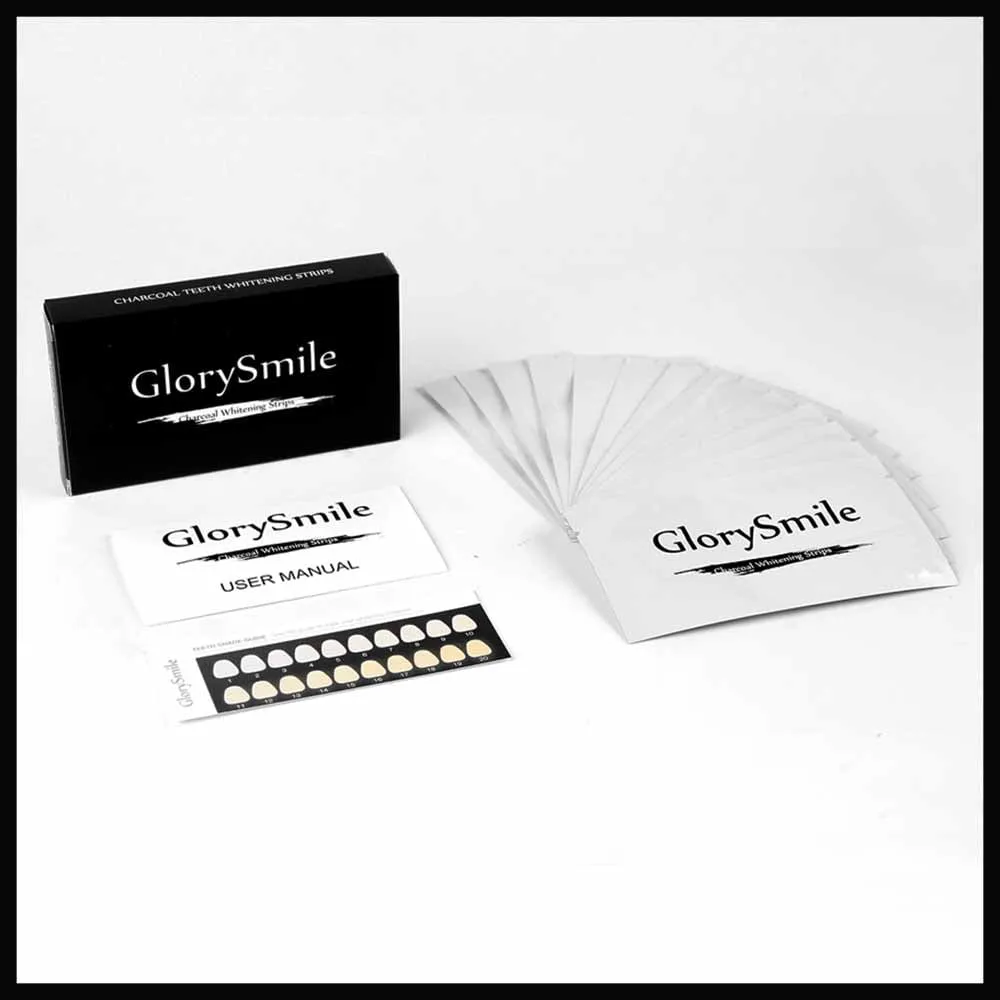
Whitening strips are a widely recognized and scientifically-backed method for teeth whitening. These thin, flexible strips are coated with a whitening agent, typically hydrogen peroxide or carbamide peroxide. The strips are applied directly to the teeth, where the active ingredient penetrates the enamel to break down stain molecules. This method can effectively whiten teeth several shades. Unlike charcoal, which focuses on surface stains, whitening strips address both surface and deeper discoloration.
How Whitening Strips Work
Whitening strips work by delivering a concentrated dose of a bleaching agent directly to the tooth’s surface. The active ingredient, usually hydrogen peroxide, seeps into the enamel and breaks down the complex organic molecules responsible for stains. This process, known as oxidation, changes the color of the stain molecules, making them less visible. The duration of use and the concentration of the whitening agent will vary based on the product and the severity of the stains.
Ingredients in Whitening Strips
The primary active ingredient in most whitening strips is hydrogen peroxide or carbamide peroxide, which breaks down into hydrogen peroxide. Other ingredients typically include binding agents to help the strips adhere to the teeth, stabilizers to maintain the effectiveness of the peroxide, and flavoring agents for taste. Some strips may also contain ingredients to reduce sensitivity or enhance the whitening effect. It’s essential to check the ingredient list, especially if you have any known allergies or sensitivities.
Advantages of Using Whitening Strips
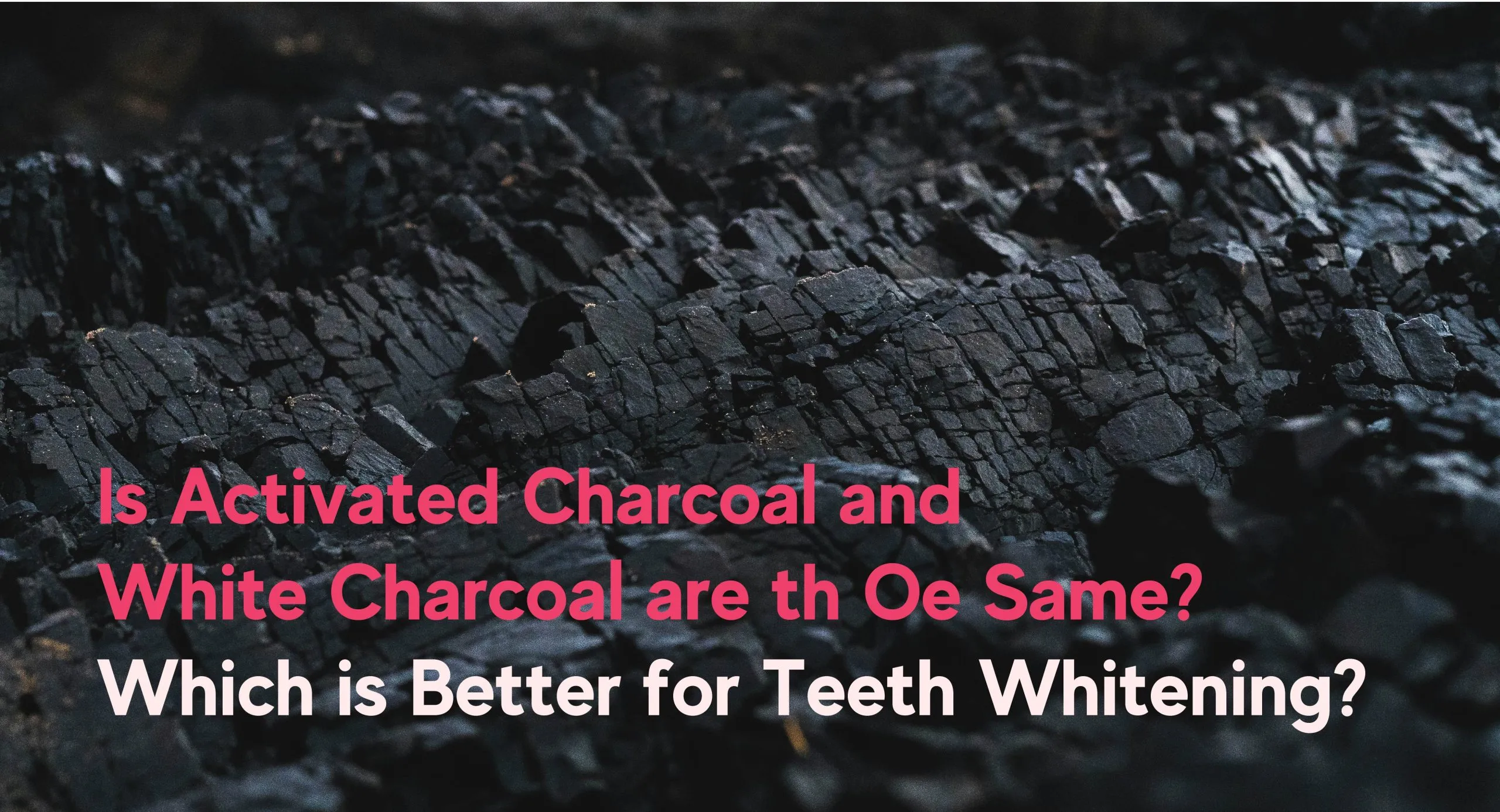
Whitening strips offer several advantages. They are generally effective at lightening the color of teeth by several shades, providing noticeable results within a few weeks. They are convenient to use, often requiring only 30 minutes a day. Whitening strips are also widely available over the counter, making them easy to obtain. Most products are backed by scientific research, giving users confidence in their efficacy. The results are often more predictable and consistent compared to alternative methods.
Disadvantages of Whitening Strips
One of the main disadvantages is the potential for tooth sensitivity and gum irritation, which is common with products containing hydrogen peroxide. Some individuals may experience uneven whitening, especially if the strips don’t make full contact with all tooth surfaces. Whitening strips can also be more expensive than some charcoal products. The effectiveness of whitening strips may vary depending on the severity and type of stains, and the results are not always permanent, requiring periodic touch-ups.
Charcoal vs Strips Effectiveness Comparison
When comparing the effectiveness of charcoal and whitening strips, it’s crucial to consider the scientific evidence and the mechanism of action. Whitening strips, with their active ingredient of hydrogen peroxide, are designed to penetrate the enamel and break down stain molecules, leading to a noticeable change in tooth color. Charcoal, on the other hand, primarily removes surface stains. While it can make teeth appear cleaner, it does not offer the same level of whitening as strips. The scientific support for the whitening effect of charcoal is limited.
Assessing Whitening Power
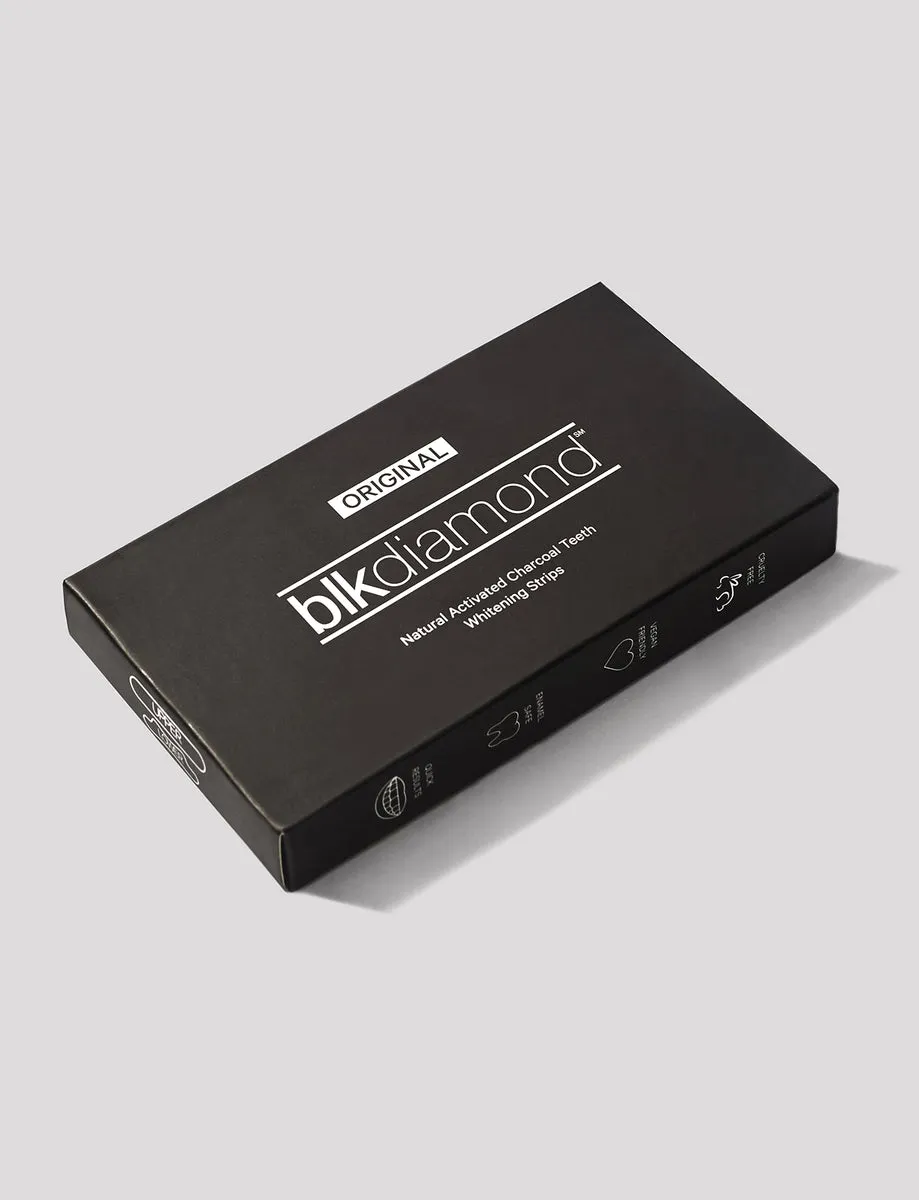
Whitening power can be assessed by measuring the change in tooth shade. Whitening strips, due to their peroxide content, have a measurable impact on tooth shade, often resulting in several shades lighter. Charcoal typically provides a more subtle effect, primarily cleaning the surface without significantly altering the inherent color of the teeth. Professional dental whitening procedures use much stronger concentrations of peroxide for more dramatic results. The intensity of whitening from strips also varies based on the concentration of the active ingredient and the duration of use.
Comparing Stain Removal Capabilities
The ability to remove different types of stains varies between charcoal and whitening strips. Whitening strips effectively target both surface stains (from coffee, tea, etc.) and deeper stains within the enamel. Charcoal is more effective at removing surface stains but may not penetrate to the deeper levels where more ingrained discoloration resides. For individuals with significant staining, whitening strips offer a more comprehensive approach. However, for minor surface stains, charcoal may offer a temporary improvement in appearance.
Charcoal vs Strips Cost Analysis
The cost of teeth whitening is an important factor for many consumers. Both charcoal and whitening strips vary in price, but the initial investment and long-term costs should be considered. Evaluating the cost involves both the purchase price of the product and any potential expenses related to dental care resulting from the use of these products. It’s important to factor in how often you need to purchase the product to maintain desired results and any potential costs for dental treatments related to sensitivity or enamel damage.
Cost of Charcoal Products

Activated charcoal products, such as powders and toothpastes, are generally more affordable than whitening strips. The initial cost of a charcoal product is often relatively low, making it an attractive option for budget-conscious consumers. However, the long-term cost may include potential dental treatments if the abrasive nature of charcoal leads to enamel damage or sensitivity. Furthermore, the efficacy of charcoal is often short-lived, requiring frequent applications, which, over time, can add up.
Cost of Whitening Strips
Whitening strips are typically more expensive than charcoal products. The cost varies depending on the brand, the number of strips in a package, and the concentration of the whitening agent. While the initial investment may be higher, the results are often more effective and long-lasting. You may need to purchase strips less frequently than you might need to replenish charcoal products, and the potential for greater whitening may provide better value in the long run. It is also essential to consider whether the results justify the price and any additional costs, such as desensitizing toothpaste.
Charcoal vs Strips Safety and Side Effects
Understanding the safety and potential side effects of charcoal and whitening strips is essential for making an informed decision. While both methods aim to improve the appearance of teeth, they have different mechanisms of action and carry varying risks. Knowing these potential effects will help you use the products responsibly and safeguard your oral health. It’s always a good idea to consult with a dentist before using any teeth whitening product to ensure it’s appropriate for your specific dental situation.
Potential Side Effects of Charcoal
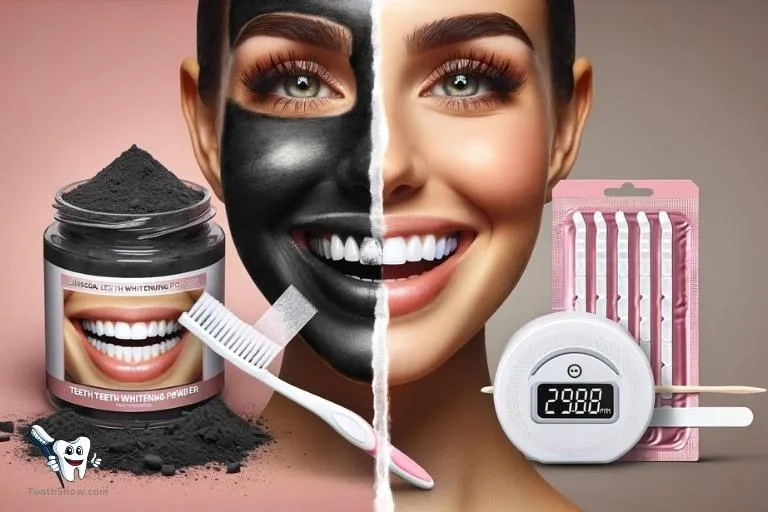
The abrasive nature of activated charcoal is a primary concern. Over time, it can wear away the enamel, the protective outer layer of your teeth. This can lead to increased tooth sensitivity, as the underlying dentin becomes exposed. The risk of gum irritation and staining is also present, especially if the charcoal gets trapped in the gum line. The effectiveness of charcoal is also often limited, leading to the need for continuous use and potential damage. The lack of proven efficacy and potential for harm are significant considerations when using charcoal products.
Potential Side Effects of Whitening Strips
The most common side effects of whitening strips are tooth sensitivity and gum irritation, which are typically temporary. Sensitivity occurs because the whitening agent can penetrate the enamel and reach the dentin, causing the nerves in the teeth to react. Gum irritation may happen if the strips come into contact with the gums for extended periods. Some people may also experience uneven whitening or have an allergic reaction to one of the ingredients. These side effects are usually mild and can be mitigated by following the product instructions and consulting with a dentist.
How to Use Charcoal and Strips Safely
Using charcoal and whitening strips safely involves following specific guidelines to minimize potential risks and maximize benefits. These methods should be integrated carefully into your oral hygiene routine. Considering the instructions and consulting with a dental professional can ensure that you are using these products responsibly and protect your overall oral health.
Charcoal Usage Guide
If you choose to use activated charcoal, brush gently to avoid abrasion, and avoid using it daily. Rinse thoroughly after brushing to remove any charcoal residue. Be cautious if you have sensitive teeth, and discontinue use if you experience increased sensitivity or gum irritation. Consider using a soft-bristled toothbrush and consult your dentist before incorporating charcoal into your routine. Do not swallow charcoal, and ensure that your brushing technique is gentle to minimize any potential damage to the enamel. Use it as a supplement to, not a replacement for, your regular oral hygiene practices.
Whitening Strip Usage Guide
Follow the product instructions carefully. Apply the strips to dry teeth, avoiding contact with the gums. Keep the strips on for the recommended time, and do not exceed the recommended usage. If you experience sensitivity, use a desensitizing toothpaste or reduce the frequency of use. Rinse your mouth after removing the strips. Consult with a dentist if you experience significant sensitivity or any adverse effects. Consistency is key with whitening strips, so adhere to the usage schedule for best results.
Charcoal vs Strips Which is Right for You?
Choosing between charcoal and whitening strips depends on individual needs and preferences. Factors such as the severity of stains, dental sensitivity, and budget should all be considered. It is recommended that you discuss this with your dentist for a personalized recommendation. This guide aims to provide an overview to help you choose the best teeth whitening option.
Factors to Consider
Evaluate the type of stains you have – surface stains or deeper discoloration. Assess your sensitivity level and any previous experiences with teeth whitening products. Consider your budget and how frequently you are willing to purchase the product. Take into account the potential risks and side effects. Also, consider how important it is to you to have scientifically proven results. Prioritize your long-term oral health, and make your decision based on both immediate and long-term results.
Recommendations Based on Needs
If you have mild surface stains and are looking for a budget-friendly option, charcoal may be a temporary solution, but use it cautiously. If you have significant stains and desire noticeable whitening, whitening strips, supported by science, may be a better option, though you should also consider your sensitivity. If you have sensitive teeth, consult your dentist before using any whitening products, and opt for a product with lower concentrations of hydrogen peroxide or carbamide peroxide. Always prioritize your long-term oral health and make informed decisions.
